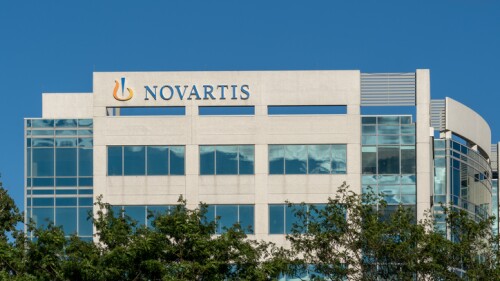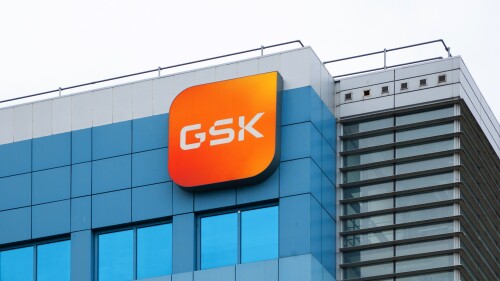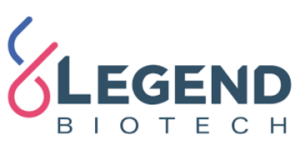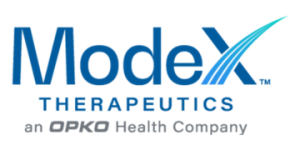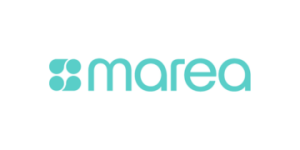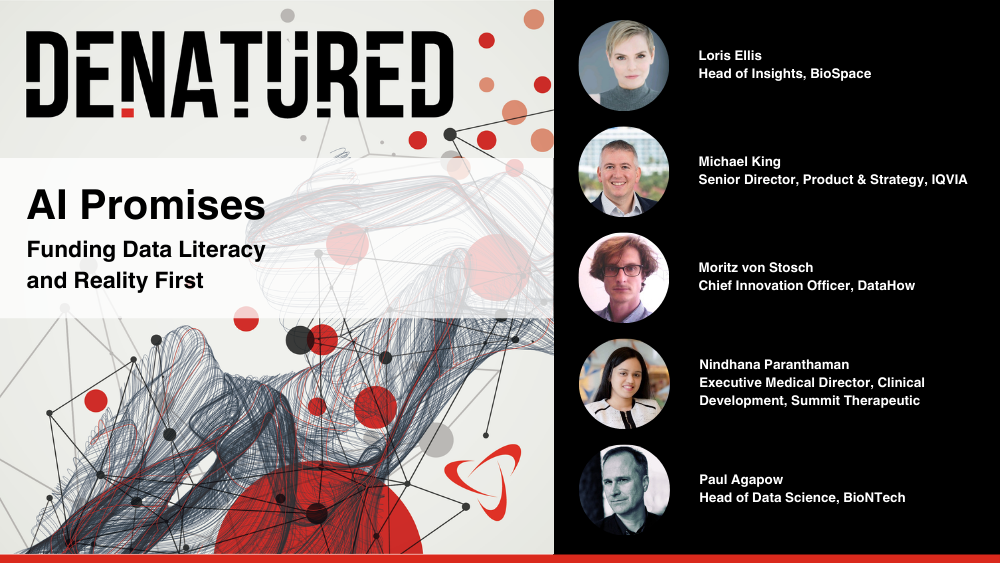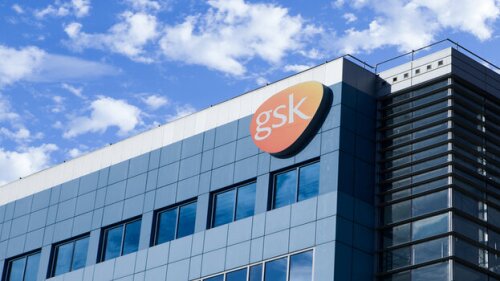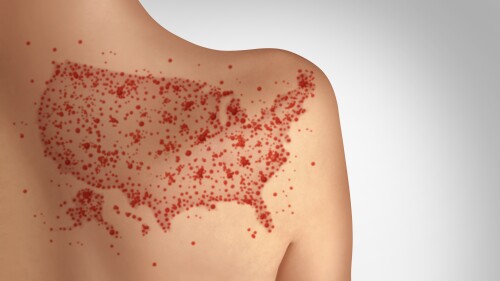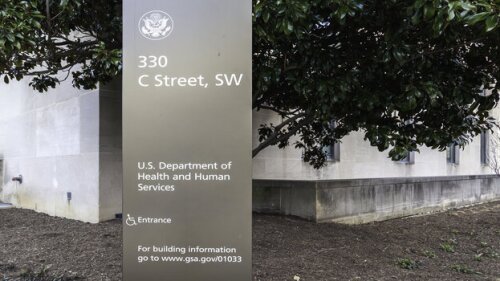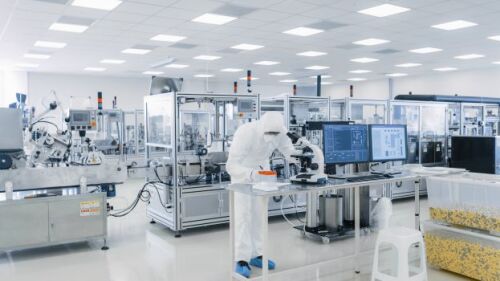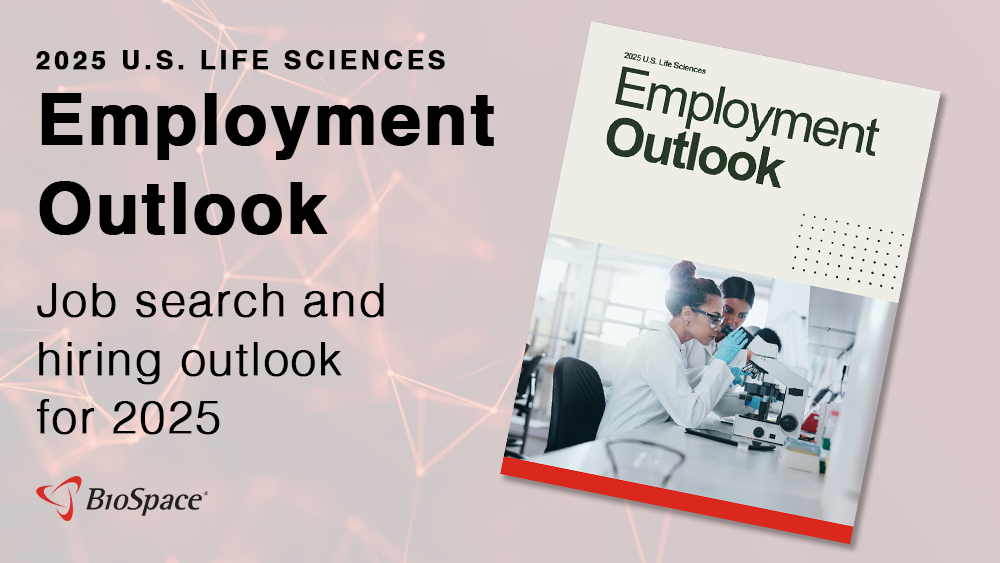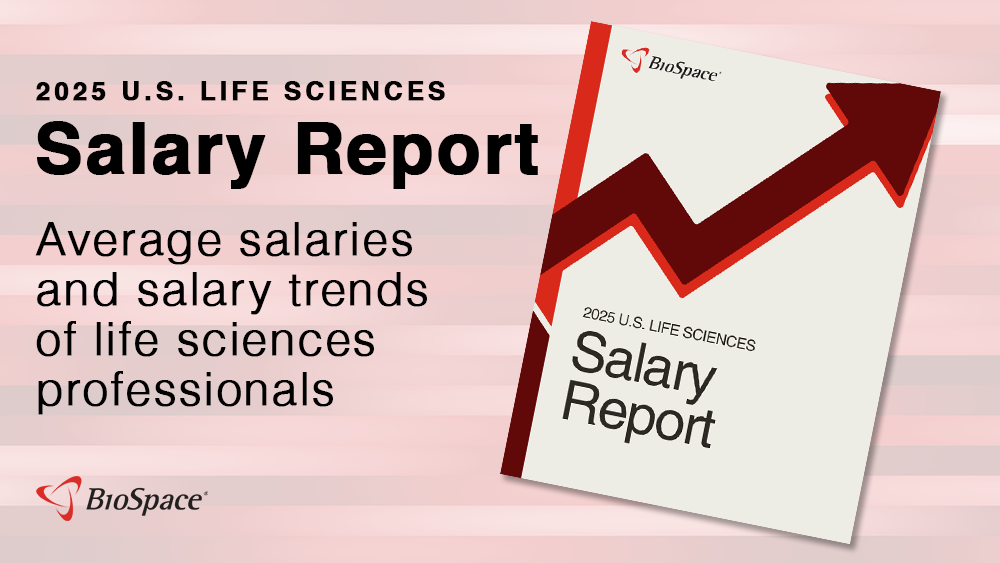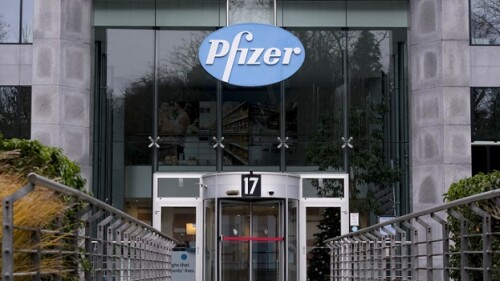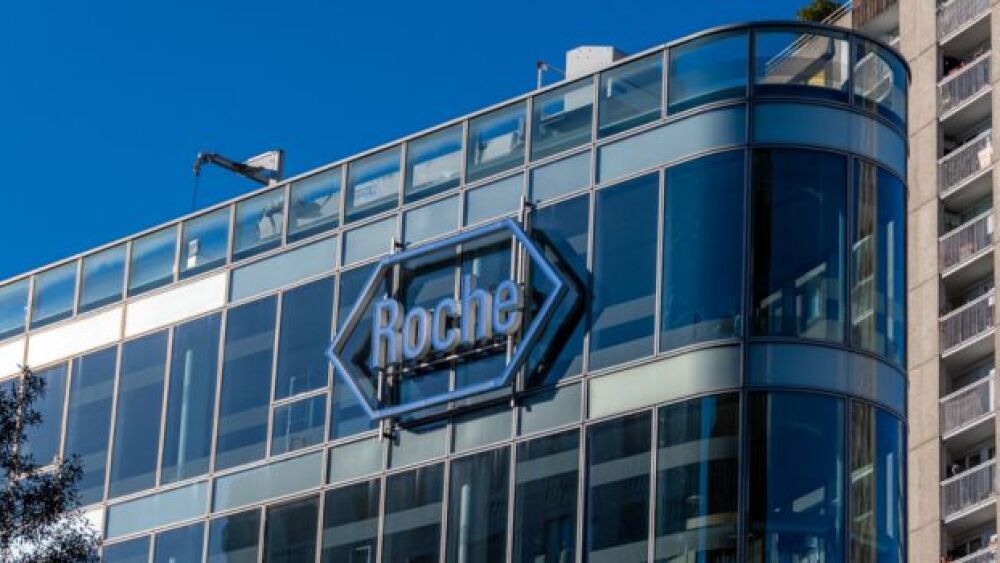Late-breaking Phase III data show ianalumab, Novartis’ dual-targeted antibody, reduced disease activity and patient burden in Sjögren’s disease, the pharma reported at the American College of Rheumatology Convergence congress on Wednesday.
Genentech is letting go of 118 employees in South San Francisco. The news comes about two months after the biotech ended a partnership with Adaptive Biotechnologies.
Shingrix sales in the U.S. took a 15% dive in the third quarter. GSK is now the second Big Pharma to report declining vaccine sales, after Sanofi reported a similar decline last week.
Already sky high after the success of its limb-girdle muscular dystrophy therapy, reported on Monday, BridgeBio’s shares rose nearly 8% more as encaleret balanced calcium levels in patients with a genetic thyroid disorder.
Despite the rejection, analysts saw Regeneron’s use of an alternate filler for Eylea HD as a positive development, with BMO Capital Markets noting that this could signal the end of manufacturing troubles for the franchise.
The reprioritization initiative extends Aldeyra’s cash runway into the second half of 2027.
FEATURED STORIES
BioSpace’s NextGen companies are rising in one of the most confounding biotech markets ever experienced. Executives sounded off on how to keep your head above water during our webinar, Are We There Yet?
BioSpace examines the busiest corporate venture capital arms in the pharmaceutical industry. Novo Holdings, which made headlines last year with its $16.5 billion Catalent buy, topped the list.
The largest Chinese licensing deal behind Pfizer’s is Novartis’ partnership with Shanghai Argo Biopharma, worth potentially more than $4 billion.
The Most Favored Nation order is unlikely to deliver broad, sustained savings without triggering legal challenges, administrative friction and unintended consequences for both the healthcare sector and patient access.
The FDA and NIH recently announced plans to phase out animal testing requirements for some therapies. While organoid and AI providers celebrate, scientists warn that questions over safety, applicability and implementation remain.
While sparking excitement among biopharma companies focused on rare and ultrarare indications, experts say FDA Commissioner Marty Makary’s proposal is light on details and raises potential concerns about safety, access and liability.
LATEST PODCASTS
New revelations from the showdown between Novo Nordisk’s CEO and Bernie Sanders’ Senate health committee Tuesday; PhRMA’s legal victory in IRA case; the federal interest rate cut and anticipated approval for schizophrenia.
Infusions of Vertex and CRISPR Therapeutics’ Casgevy and bluebird bio’s Lyfgenia have begun; Moderna targets 10 approvals through 2027; more oral obesity drug data; the latest from ESMO and more.
In this episode, Lori and guests discuss practical approaches regarding artificial intelligence and investor and industry confidence in its current state.
Job Trends
Amgen (NASDAQ:AMGN) today announced the presentation of new data from its broad oncology portfolio at the American Society of Clinical Oncology (ASCO) 2024 Annual Meeting, taking place from May 31-June 4 in Chicago.
Subscribe to GenePool
Subscribe to BioSpace’s flagship publication including top headlines, special editions and life sciences’ most important breaking news
SPECIAL EDITIONS
In this deep dive, BioSpace investigates China’s rise as a biotech powerhouse.
In this deep dive, BioSpace explores the next big thing in obesity.
BioSpace did a deep dive into biopharma female executives who navigated difficult markets to lead their companies to high-value exits.
DEALS
-
Blackstone and Bain Capital are said to be among the final bidders for the Japanese company’s Mitsubishi Tanabe Pharma, sources told Reuters Friday.
-
By far, the largest acquisition of 2024 was Novo Holdings’ yet-to-be-closed buyout of manufacturer Catalent at $16.5 billion. Outside of that, the leading pharmaceutical companies kept to less than $5 billion per deal.
-
The Muna partnership will give GSK access to Muna’s MiND-MAP platform, which it will apply to postmortem brain samples to identify potential therapeutic targets for Alzheimer’s disease.
-
One year after a potential $1.7 billion deal with Hansoh Pharma, GSK goes back to China to forge another alliance with DualityBio for another deal that could be worth up to $1 billion as it continues to build up its ADC portfolio.
-
The Danish startup, whose lead candidate has parallels to Amgen’s MariTide, launches on the heels of Amgen’s Phase II data release for the drug last week.
WEIGHT LOSS
-
From revenue to R&D investment, Novo and Lilly and their mega-blockbuster weight loss drugs Zepbound and Wegovy have moved into a new pharma stratosphere, far eclipsing their rivals.
-
Compounding pharmacies aren’t the only makers of off-brand versions of Novo Nordisk’s Wegovy and Eli Lilly’s Zepbound. The situation is causing the FDA regulatory headaches and, more seriously, posing potential risks to the public.
-
Novo Nordisk shares tumbled last year when obesity candidate CagriSema failed to clear a weight loss bar of 25%. Now, executives are taking another look at the data but steering clear of making hard bets.
-
As Eli Lilly ends the year with Zepbound in good supply, TD Cowen analyst Steve Scala asked CEO David Ricks if the company has taken the GLP-1 supply chain too far.
-
Wegovy sales increased by more than 100% over 2024. But that wasn’t enough to satiate analysts who want to know why Novo Nordisk can’t access more patients, particularly in the U.S.
POLICY
-
In a year when eradicated diseases are on the uptick in America, how will American children survive RFK Jr.’s vaccine scrutiny and inconsistency? Two experts call on pharma and regulatory bodies to rebuild trust.
-
While the Trump administration has painted the jettisoning of staff and regulations as good for business, there are multiple reasons it’s unlikely to work out that way.
-
At a sometimes-contentious U.S. Senate hearing, the Health and Human Services secretary was evasive on the rationale behind cuts being made to the department and his endorsement of the measles vaccine amid a rapidly growing outbreak.
-
The third cycle of the drug price negotiations will involve drugs under Medicare Part B. New prices are set to take effect in 2028.
-
The Most Favored Nation directive would allow drugmakers to directly sell their products to patients at a lower cost, cutting out what President Donald Trump called “the middlemen.”
From research to sales and marketing, the pharma industry has a wide range of employment opportunities to accommodate those looking for a chance to work in the field.
A life science degree can provide various academic and professional opportunities to you. Here’s an overview of what you can do with a life science degree.
Understanding the difference between talent acquisition and recruitment is vital not only for your hiring process but for the entire organization.
Discover the most common departments that make up a BioPharma company, learn about the responsibilities of each department and figure out which role is the right fit for you.
Like any field, there are upsides and downsides to working in biotech, and educating yourself can help you make an informed decision if you’re considering a career in this industry.
Learn the best tips, tricks, and practices to help yourself to get the first job after college life sciences industry right out of college in our comprehensive guide.
HOTBEDS
REPORTS
In this Employment Outlook report, BioSpace explores current workforce sentiment, job activity trends and the prospective job and hiring outlook for 2025, particularly as it compares to the previous year.
BioSpace’s third report on diversity, equity, inclusion and belonging in life sciences examines dramatic shifts in attitude around diversity initiatives.
CANCER
-
Japan-based Taiho Pharmaceutical has worked with Araris Biotech since 2023 developing antibody-drug conjugates for the oncology space.
-
Pfizer was studying PF-07820435, an orally available agonist of the STING protein, for solid tumors.
-
While Houston isn’t yet on the same level as major life sciences hubs, it has plenty to offer and room to grow, according to CNS Pharmaceuticals, RadioMedix and Greater Houston Partnership executives.
-
Johnson & Johnson and Legend Biotech hope to hit blockbuster status for Carvykti this year.
-
Vepdegestrant did not improve progression-free survival broadly but saw improvements in one specific patient cohort. Arvinas’ stock took a 43% tumble on the news, and analysts are downcast on the drug’s prospects.
NEUROSCIENCE
-
Leqembi’s sales in the U.S. continue to underwhelm, overshadowed by its growth in international markets.
-
Bristol Myers Squibb clocked $10 million in sales for new schizophrenia drug Cobenfy in the fourth quarter of 2024, with the launch proceeding ahead of expectations.
-
Before garnering approval on Tuesday, Onapgo had been rejected twice by the FDA.
-
Faced with the encroaching threats of patent expirations and generics, biopharma companies in 2024 invested 33% more in licensing deals, on average, than in 2023 with an eye toward enriching their pipelines with novel and potentially more effective therapies.
-
The Phase IIa results continue a surge of momentum in a treatment space that last week saw the approval of Vertex’s Journavx as the first novel mechanism for acute pain in decades.
CELL AND GENE THERAPY
-
In a deal expected to close in Q1 2025, Roche will gain access to Poseida’s off-the-shelf CAR T candidates.
-
By mid-2025, the biotech will split into two entities: a new, as-yet-unnamed innovative medicines specialist and a cell therapy company, the latter of which will inherit the Galapagos name.
-
BioSpace presents 25 noteworthy biopharma startups in ’25; analysts forecast stronger M&A as the J.P. Morgan Healthcare Conference kicks off next week; GLP-1s continue to expand their reach as Novo, Lilly fight against compounders; and a look ahead to five key FDA decisions in Q1.
-
From ADCs and radiopharmaceuticals to cell and gene therapies, eager young startups are betting on advances in biopharma’s most competitive therapeutic spaces—and attracting dollars from Big Pharma.
-
Sangamo is on course to run out of money within months and has now lost access to up to $220 million in milestone payments from Pfizer.




